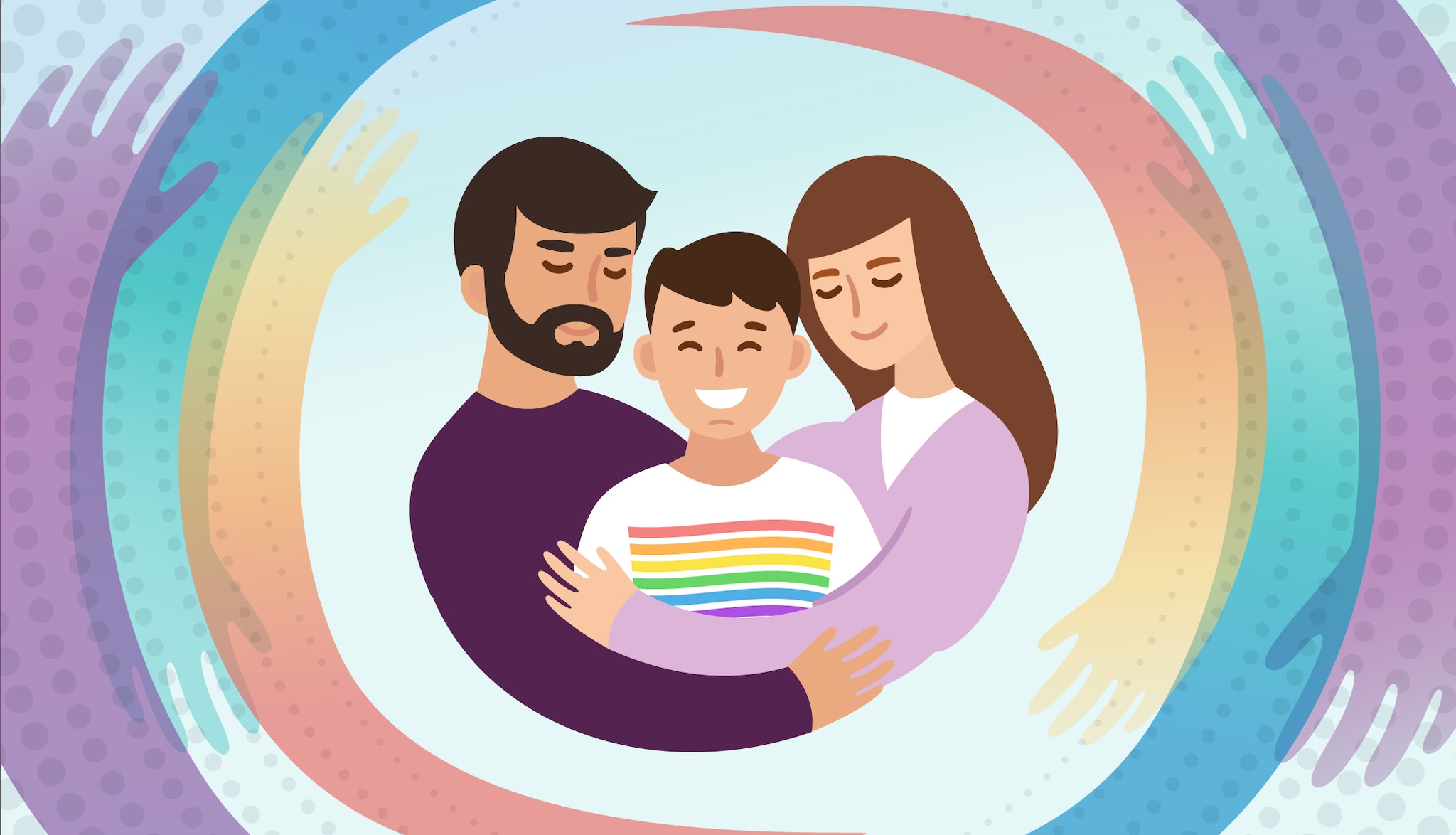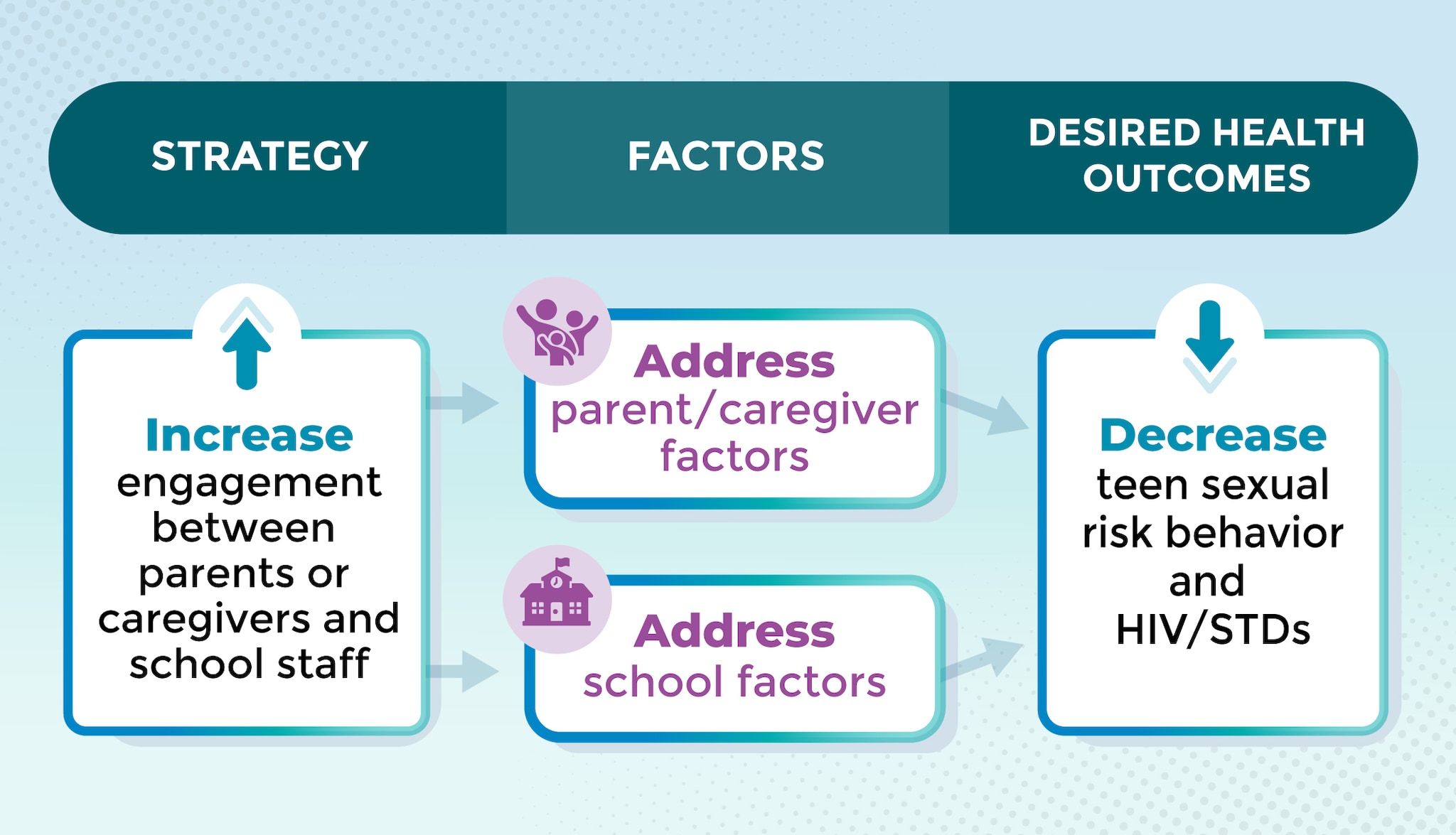At a glance
- Use these grab-and-go posts and graphics.
- Use this content in your communication materials.

Sample social media posts
Below are sample social media posts and related graphics that you can use on your social media channels.

To find out what we’re teaching this year, visit [INSERT YOUR DISTRICT/SCHOOL URL]

Find out what resources are available near you [INSERT URL FOR DISTRICT RESOURCE LIST OR LINK TO LOCAL HEALTH DEPT WEBSITE]

Find out what we’re doing to build safe and supportive environments for all students [INSERT LINK TO RELEVANT SCHOOL OR DISTRICT PAGE WITH SSE PLANS/DESCRIPTIONS]


Have you talked to your teen today?

Can you name your teen’s three closest friends?

